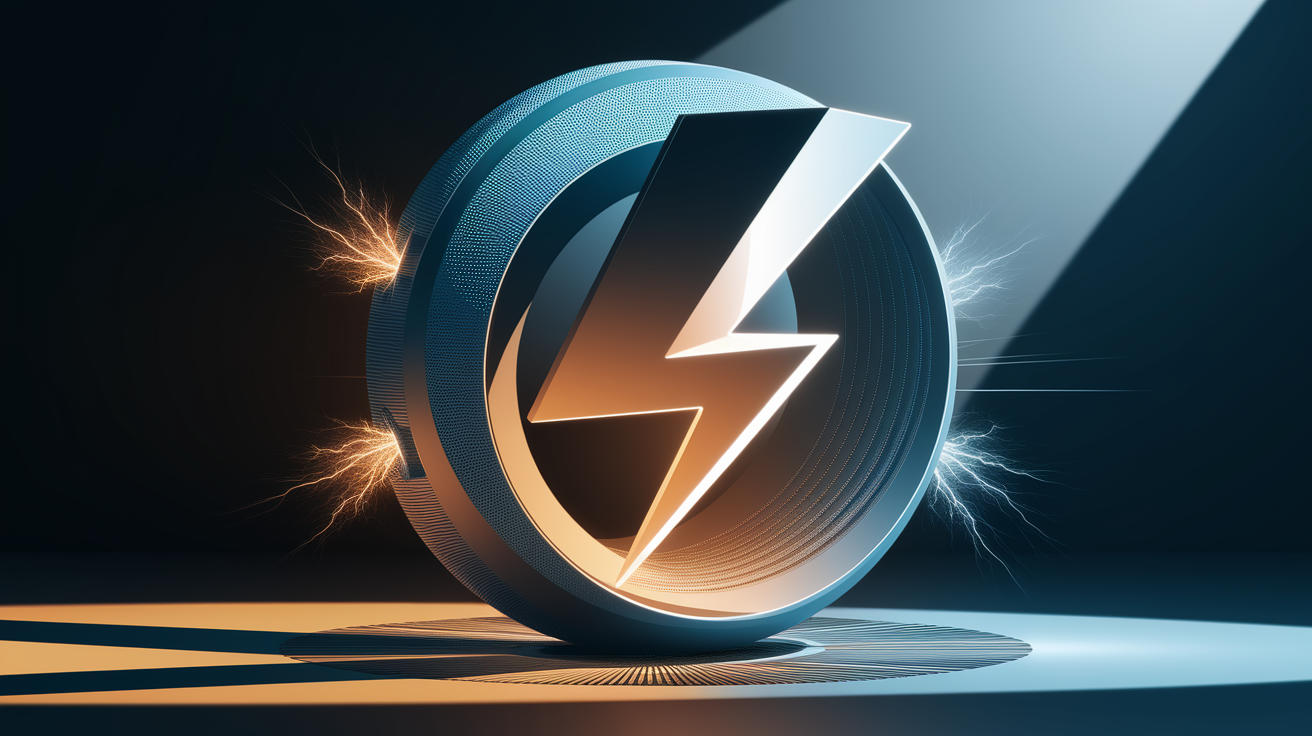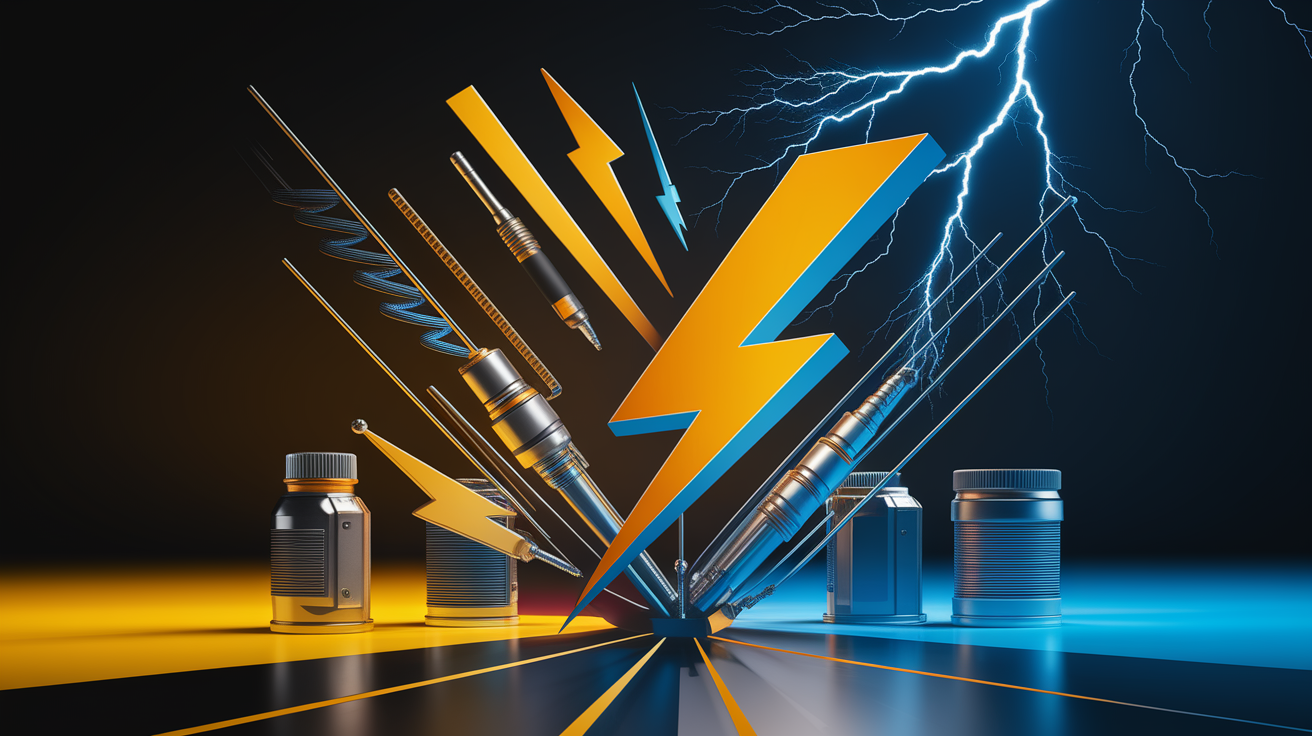Grounded Power: Mastering Solar System Grounding and Lightning Protection
Grounded Beginnings: Why Proper Grounding and Lightning Protection Prevent Damage
A solar PV system represents a significant investment in clean energy and financial savings. Protecting that investment from electrical hazards is paramount. Proper grounding and lightning protection are not optional add-ons; they are fundamental to the safety, reliability, and longevity of any solar installation. Without a robust, professionally designed protection strategy, a PV system is vulnerable to catastrophic damage from lightning strikes and gradual degradation from smaller electrical surges. A well-designed grounding system prevents electrical shock hazards, mitigates equipment damage from transient overvoltage, and ensures your system complies with critical regulatory safety standards, maximizing uptime and return on investment.

Grounding Fundamentals for Solar PV Systems
In a solar installation, grounding—also known as earthing—is the process of creating a secure, low-resistance electrical path from the system’s components to the earth itself. This serves two distinct but equally vital purposes for PV system safety:

- Equipment Grounding: This involves bonding all non-current-carrying metal components of the system together and to the ground. This includes the Solar Panel frames, the mounting or Racking System, and enclosures like the DC Combiner Box. The Equipment Grounding Conductor (EGC) ensures that if a fault causes an energized wire to touch a metal part, the current has a safe path to ground, tripping a breaker and preventing electric shock.
- System Grounding: This practice connects one of the current-carrying conductors of the electrical system (either the DC side or AC side) to the ground. This is done to stabilize the voltage of the circuits relative to the earth, providing a reference point and enabling ground fault protection devices to detect dangerous conditions.
Governed by standards like the National Electrical Code (NEC), particularly NEC Article 690 and NEC 250 grounding requirements, this dual approach forms a comprehensive safety net. Proper equipotential bonding ensures all metallic parts are at the same electrical potential, eliminating dangerous voltage differences throughout the PV Array.
Lightning Protection Components
A comprehensive lightning protection system (LPS) is an integrated defense against both direct strikes and induced surges. While it’s a common misconception that solar panels attract lightning, their placement on rooftops or in open fields makes them an exposed target. Effectively protecting against lightning strike damage requires a multi-layered approach using specialized components:

- Lightning Arresters (Air Terminals): Commonly known as lightning rods, these are placed at the highest points of an installation to intercept a direct lightning strike, providing a preferred attachment point away from sensitive equipment like the Solar Panel modules.
- Down Conductors: These are heavy-gauge conductors that create a dedicated, low-impedance path for lightning current to travel safely from the air terminals to the grounding system, keeping the immense energy away from the PV Array and building structure.
- Grounding Electrode System: A network of Grounding Rods or other electrodes buried in the earth. This system is designed to safely dissipate the massive electrical charge of a lightning strike into the ground. A key performance metric is achieving a ground resistance of 10 ohms or less.
- Surge Protection Devices (SPDs): These are critical for protecting the Inverter and other electronics from transient overvoltage. Lightning doesn’t need to strike the array directly to cause damage; induced surges can travel along DC and AC power lines. SPDs are installed at key points—such as the DC combiner box and main electrical panel—to divert these damaging surges to ground before they reach your equipment. This is a vital form of solar inverter protection.
Installation Best Practices
The effectiveness of a grounding and lightning protection system is entirely dependent on its design and installation quality. Adhering to proven best practices is non-negotiable for ensuring safe and reliable performance.

- Create a Unified Grounding System: All grounding electrodes—for the solar array, the building’s electrical service, and any communications systems—must be bonded together. This practice, known as system bonding, creates a single equipotential plane that prevents dangerous voltage differences between different systems during a surge event.
- Use Proper Conductors and Connectors: The Grounding Electrode Conductor (GEC) and bonding jumpers must be correctly sized according to NEC requirements and made of corrosion-resistant materials. All connections must be mechanically and electrically secure to handle immense lightning currents without failing.
- Maintain Separation Distances: To prevent dangerous “flashovers” where lightning jumps from the LPS conductors to the PV system, a calculated separation distance must be maintained between them, a crucial consideration for any photovoltaic system design.
- Focus on Low Resistance: The entire goal of a grounding system is to provide the path of least resistance. This involves driving grounding rods deep enough to reach conductive soil and, in some cases, using multiple rods or specialized grounding enhancements to meet the sub-10-ohm target.
Given the complexity and critical safety implications, the design and installation of a lightning protection system for solar panels should always be performed by a qualified professional familiar with local codes and the unique challenges of roof-mounted and ground-mounted solar grounding.
Maintenance and Testing for Ongoing Safety
Installing a grounding and lightning protection system is not a set-it-and-forget-it task. To ensure it remains effective over the 25+ year lifespan of a solar PV system, a regular maintenance and testing schedule is essential. Environmental factors like soil movement, moisture, and corrosion can degrade the system’s performance over time.
An effective maintenance plan includes:
- Annual Visual Inspection: Check all visible conductors, bonding jumpers, and connections for signs of corrosion, physical damage, or loosening. Ensure all components are securely attached.
- Periodic Resistance Testing: A qualified electrician should perform a ground resistance test every 1-3 years to verify that the grounding electrode system still meets the low-resistance specification (e.g., under 10 ohms). Deviations may indicate corroded connections underground or changes in soil conditions.
- Post-Event Inspection: After any nearby lightning storms, a thorough electrical inspection for solar components is recommended to ensure the SPDs have not been compromised and the system is still fully protected.
Light’s Last Word: Ensuring Lifelong Solar Protection
Investing in a comprehensive, code-compliant grounding and lightning protection system is one of the most intelligent decisions a solar asset owner can make. It is the definitive strategy for safeguarding equipment, ensuring human safety, and guaranteeing the long-term energy production of your PV system. While there are costs associated with a proper LPS, they are minimal when weighed against the potential for catastrophic equipment failure and system downtime. By prioritizing these foundational elements of electrical safety, you ensure your solar power system remains a resilient, reliable, and powerful source of clean energy for decades to come.







